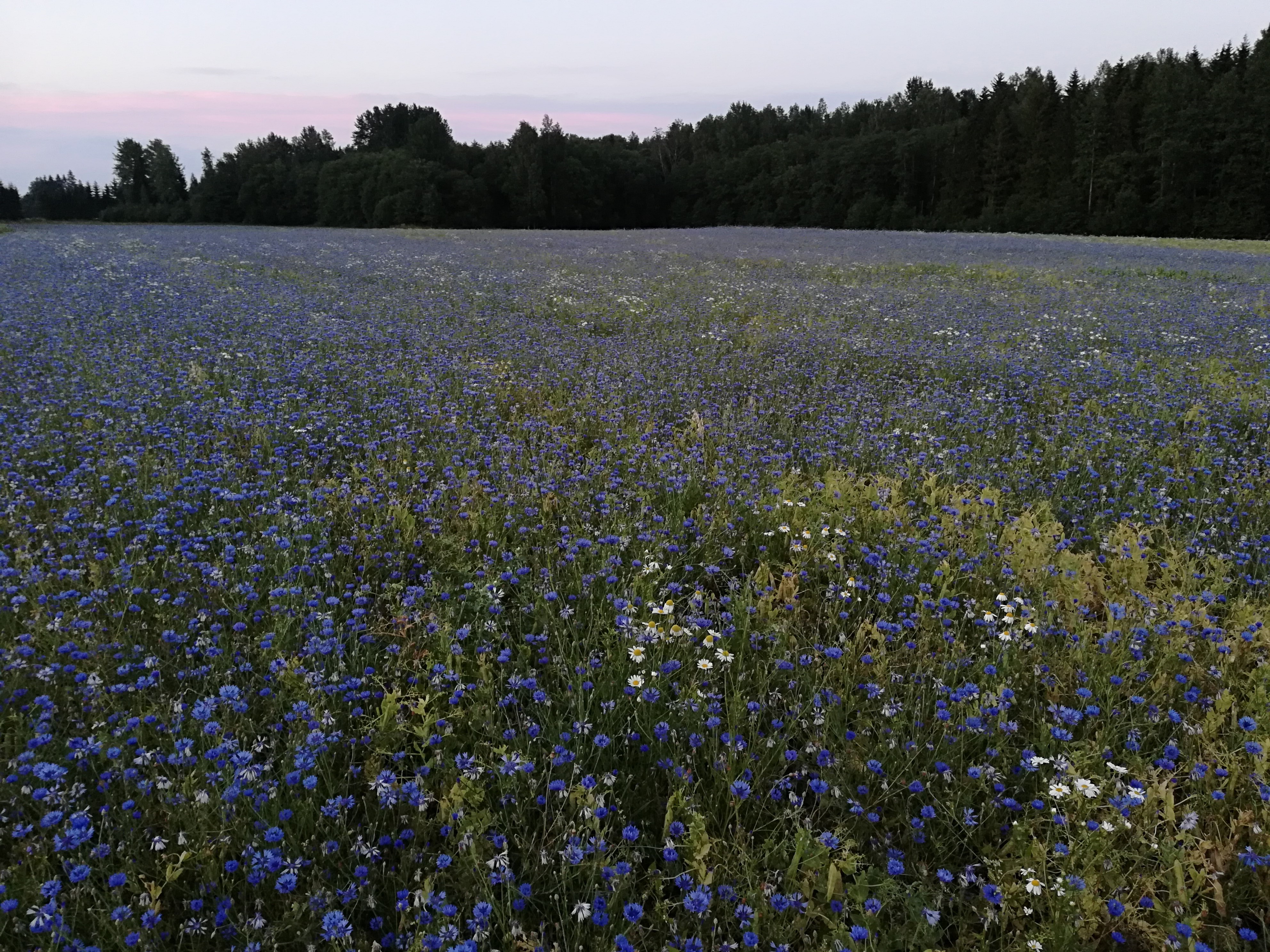In semi-natural areas, extensive farming has shown a positive impact on biodiversity
With almost 4,000 years of history, Estonian crop husbandry and agriculture is largely an expression of our traditional and environmentally friendly way of life. Centuries of management have shaped varied landscapes and left room for valuable habitats. As it is mostly a heritage-cultural landscape, we should carefully preserve this national wealth. For example, 23.3% of the species of vascular plants listed in the Estonian Red List are related to grasslands. Thus, the links between agriculture and biodiversity are direct and multifaceted.
Intensive agricultural production (land improvement, pesticide use, fertilisation, etc.) has had a negative impact on biodiversity, in particular on the state and biota of the open landscape, inland waters, and the coastal sea. Large-scale production with its extensive production fields has impoverished the overall agricultural landscape, destroyed the traditional landscape pattern in many places, and impoverished field biota and soils. In the last 50 years, areas with more fertile soils and easier access have become increasingly cultivated, while agricultural use in peripheral areas with poorer soils has decreased significantly. Estonian landscapes have thus become a contrary forest-field system and biodiversity has decreased.

At the same time, in semi-natural areas, which are prevalent mainly in Western Estonia, the positive impact of extensive agricultural production on biodiversity has become apparent. Some examples are the species-rich alvars and wooded, coastal, and flood-meadows, the maintenance of which has had a positive effect on the richness of plant species and birds.
From 2001, nature conservation grants have been paid from the budget of the Ministry of the Environment for the maintenance and restoration of semi-natural communities. The total cost of nature conservation grants and work in 2006 was over 30 million kroons. For that, almost 22,000 hectares of semi-natural communities were maintained and restored in Estonia. From 2007, support for the maintenance of grasslands located in Natura 2000 sites was paid from the European Agricultural Fund for Rural Development of the European Union’s Common Agricultural Policy. This support has quickly become a popular measure of the rural development plan, and the area of semi-natural communities under maintenance has grown significantly. With this support, 41,051 ha were maintained in 2020.
Last modified: 12.01.2022